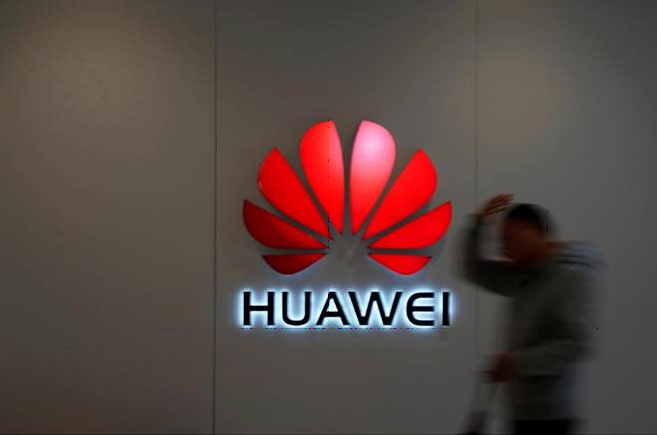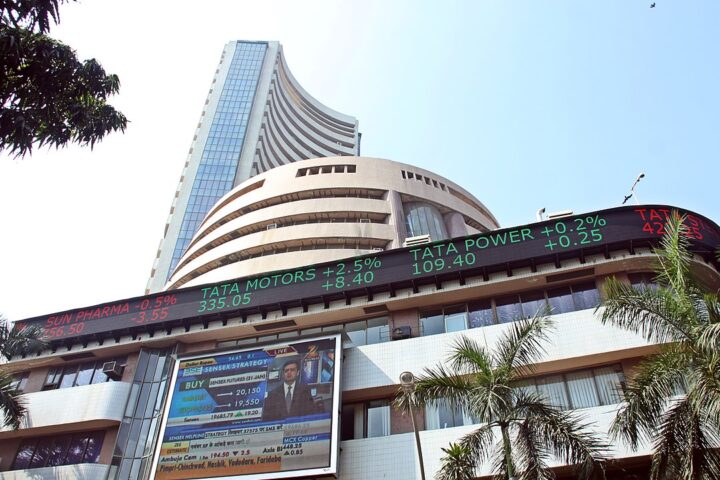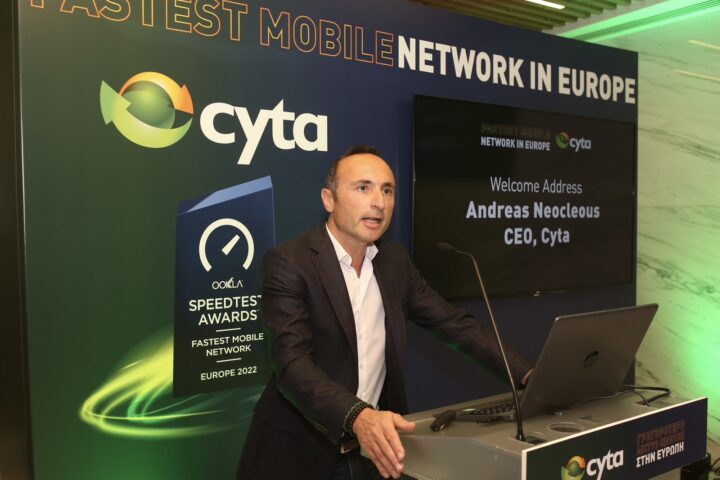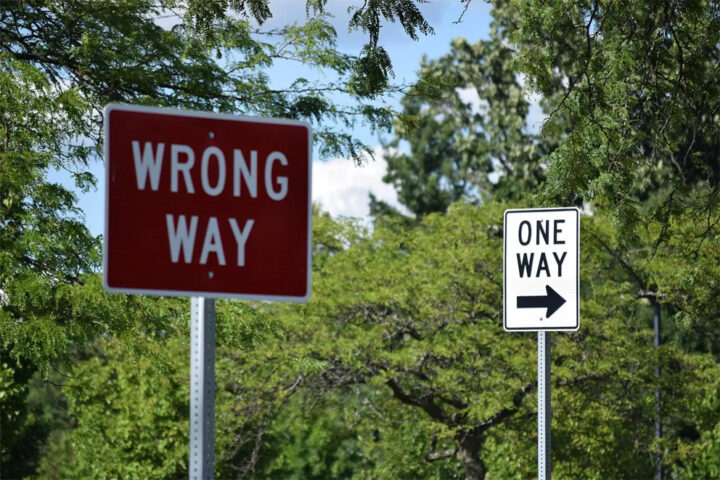By Ravi Bangar
The doors have been slammed shut on Huawei 5G networks in the US, Australia, New Zealand, Singapore and much of Europe (its largest market outside China). The UK is the latest to join this expanding list. Canada is likely to follow suit, while following the latest India-China border flareup, India too is reportedly mulling banning Huawei.
The US accuses Huawei of espionage activity at the behest of the Chinese government and security reasons and is advising countries against the Chinese telecom giant. These have been strongly refuted both by Huawei and the Chinese government.
Speaking with Brazilian media late last year, Huawei chief executive Ren Zhengfei played on historical and geopolitical sensitivities, saying, “the United States treats Latin America as its backyard… our goal is to help Latin America get out of this trap and maintain the sovereignty of each country.”
Pressures in US backyard
As Mexico and Argentina plan to initiate the region’s first 5G networks in 2020, the US campaign against Huawei has reached a new frontier: Latin America. As in Europe, the Trump administration is working hard in Latin America to convince these countries not to rely on 5G equipment made in China.
During Bolsonaro’s US visit, President Trump told him that Brazil would need to become a trusted ally in limiting Chinese influence in Latin America. Crucial to this effort, the U.S. government stated it would be curbing the spread of Huawei technology in the region. As an alternative, the US has suggested Brazil’s telecoms companies use Scandinavian suppliers Ericsson and Nokia for their 5G networks, with US financial help.
Huawei’s brand awareness in Latin America is quite high. Its blacklisting in the US and the suspension of Google’s support resulted in the company losing access to Google’s Play Store and Android updates. These circumstances explain the company’s focus on investing in app developers. Huawei will launch eight labs worldwide, one of which will be in Mexico.
According to an Ericsson report in 2019, 49% of Latin America was connected to the 4G network in 2019. It forecast that 64% of mobile devices will be on the 4G network by 2025, and 18% will take up the next tier, 5G. Thus, while the region works with its ambitions to introduce 5G, the 4G adoption will continue for another four years, at least.
It is widely recognised that 5G is a revolutionary mobile communication technology that will usher in the 4th Industrial Revolution and drastically change the society and economy of the future. These developments could very well restructure economies and transform our lives. It promotes advances in such areas as robotics and automation, virtual reality, and artificial intelligence and machine learning. A range of anticipated applications, including in healthcare, precision agriculture, mining, and financial services, have the potential to transform industries, affect economic productivity, and shape labour markets.
Given the enormous opportunities that 5G networks will create, Latin American and Caribbean (LAC) countries are keen and actively working to adopt 5G. Still, 5G will represent 13% of the mobile connection base in Latin America in 2025.
Before the COVID-19 pandemic, Brazil, Mexico, Colombia, and Ecuador were scheduling their respective auctions in order to launch the technology.
PERU
Peru supports the deployment of both 4G and 5G technology. A number of 5G trials have already taken place. The government believes the auction process will generate significant revenues – close to $300 mln. It may sound bizarre but is true. In June this year, it was reported that villagers in the Huancavelica region detained eight technicians who were repairing an antenna, over fears their work would spread Covid-19. The villagers mistakenly believed that the workers – who had come to fix a wireless antenna – were installing 5G technology in the area. False claims linking 5G to coronavirus have been widely shared online in the country.
ARGENTINA
In Argentina, the plan is already underway. Whether it begins to become visible depends on the agreement that President Fernandez’s administration reaches with the IMF and private creditors. 5G will finally be on the map this year. Argentina has stated, “in the local market, for now, Huawei works without problems”.
When Argentina negotiates debt with China, it should be prepared to commit itself to accept the conditions that will be imposed on it, not excluding the offer of its firms (Huawei and ZTE) within broader business agreements. China usually negotiates ‘as a package’ of all or nothing.
BRAZIL
In Brazil, Huawei is already pilot testing 5G technology with the four main carriers. Huawei has stressed that the firm is a “private company”, unrelated to the Chinese authorities.
President Bolsonaro, an ardent admirer of US President Trump, in a bilateral meeting with President Xi on the sidelines of the BRICS Summit in Brasilia said that China is increasingly part of Brazil’s future.
Six out of seven 4G mobile networks were constructed by Huawei. It has been operating there for 21 years, has a factory producing telecommunications infrastructure in the state of Sao Paulo. A new $800 mln smartphone plant has been promised in view of the country’s upcoming 5G auction. However, auction of the coveted 5G spectrum has been delayed since January 2020.
COLOMBIA
Aiming at creating new jobs and transforming Colombia’s economy, President Duque’s administration has also been working to develop mobile network coverage throughout the country, from isolated mountain communities in the Andes to the jungle region of the Pacific coast.
Sylvia Constaín, Minister of Information Technologies and Communications said that restricting Huawei or other companies to take part in the 5G auction is not in the plans. Colombia’s 5G auction is planned to happen by the end of 2020 or early next year.
Chile has unveiled a new 5G consultation as it assesses the interest in the potential distribution of what is called Limited Telecommunications Services concessions for businesses. The consultation is targeting the mining, port, agricultural, industrial and transport sectors.
MEXICO
For Huawei, Mexico is one of the most important markets for the brand as it is among the top five telecom giants in the country.
Mexican telecom group America Movil, the giant controlled by the family of billionaire Carlos Slim, expects to launch 5G technology in certain Latin American markets by the end of the year. The company is currently working on the virtualisation of the network and to prepare the network infrastructure to launch 5G in Brazil once the firm secures spectrum. The company expects capital expenditures of $8.5 bln for the year, on par with last year’s. The investment will be focused on deploying fiber in Mexico, Colombia, Brazil and other markets. That is all before the pandemic started hitting the region badly. Mexico was the first to announce a tender suspension in Latin America.
US tech security experts are unanimous in their assessment that if China succeeds in imposing its 5G network, including in Latin America of over 650 million inhabitants, will be able to control all the documents, communications, archives, geolocation, other sensitive elements and their administrations and the main business enterprises.
China knows very well that the economic crisis that the region is going through is serious. The latest World Economic Outlook Update estimates the region to shrink by 9.4% in 2020, four percentage points worse than the April projection and the worst recession on record.
In these circumstances, it appears unlikely the region will risk incurring China’s wrath by outright banning Huawei. Still, China will attempt to influence through threats and promise of billions of dollars and Yuans in assistance in grants and soft loans. The ‘cheque book diplomacy’ is expected to see much action in the times ahead.
In India, Jio Platforms Ltd. announced its indigenously built 5G technology. The company-controlled media described the technology as a “Huawei-killer.”
After testing it on the 400 million 4G customers in the country, Jio will offer it to other markets. If it enters the Latin American market it would be a big boost to the company as well as India Latin America business relations.
In the end, it is not the technology but US pressure, the outcome of November elections, the impact of COVID-19 and global and regional economic and financial conditions that will decide Huawei’s fate in Latin America in the coming years.
The author is Former High Commissioner to Cyprus and former ambassador to Colombia and Ecuador, Deputy Permanent Representative to the WTO and Deputy High Commissioner to Singapore.










